Newark airport reopens main runway 2 weeks early to ease flight restrictions
Aerotime
JUNE 3, 2025
Once the runway is certified with a new arrival instrument landing system, the number will increase to 34 arrivals and departures. It’s going to take a little bit longer simply because we want to make sure that the equipment there is certified. The FAA expects the runway to fully open sometime in the week of June 9, 2025.











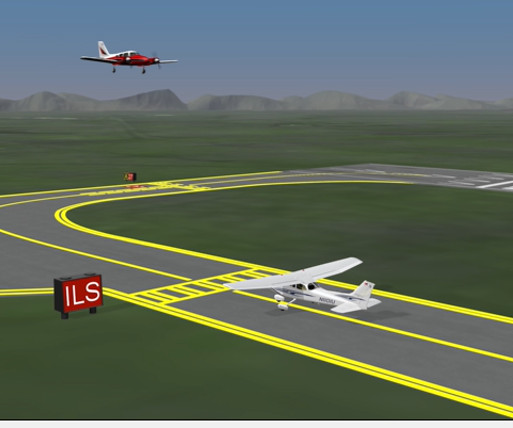
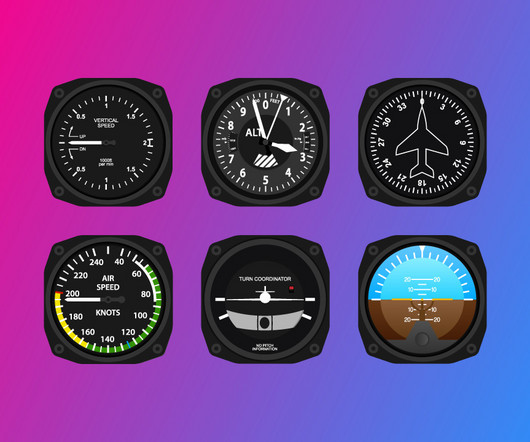

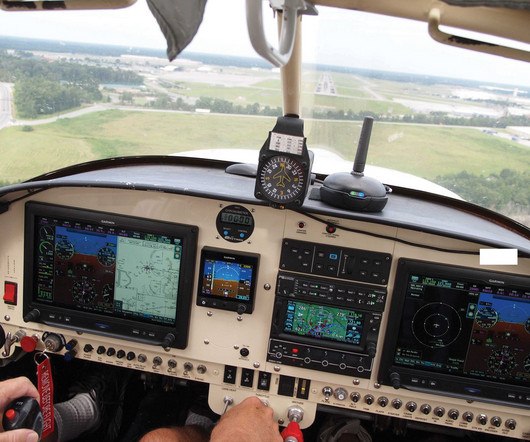







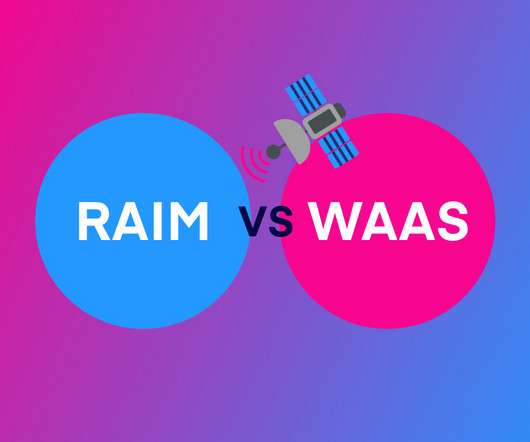

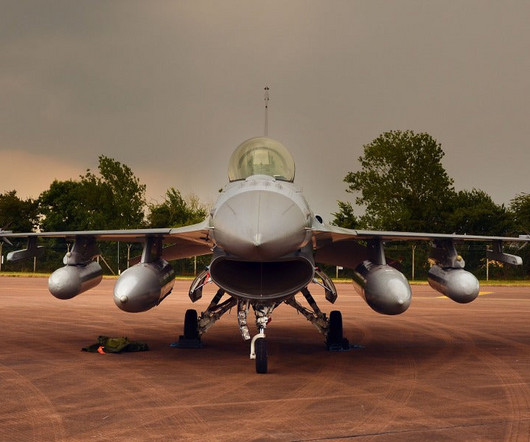









Let's personalize your content